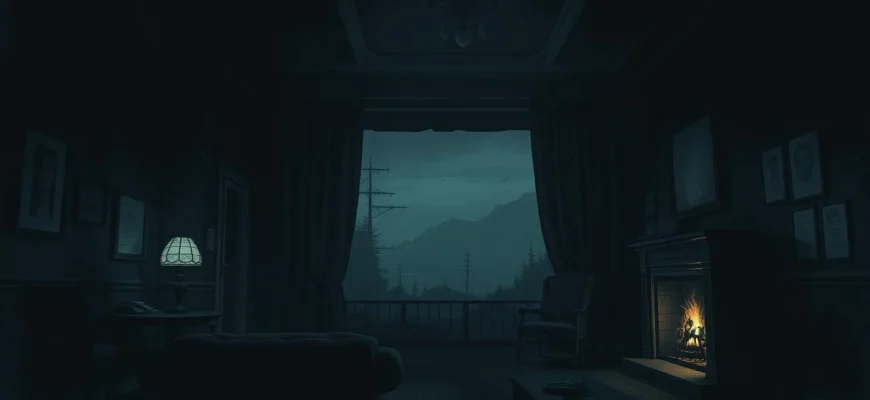If you're a fan of Alfred Hitchcock's timeless thriller 'Psycho' (1960), you're likely drawn to its masterful suspense, psychological depth, and iconic twists. This article is your guide to 10 movies and shows that capture the same chilling atmosphere, nerve-wracking tension, and unforgettable storytelling. Whether you're craving more psychological horror, shocking reveals, or Hitchcockian brilliance, these recommendations will keep you on the edge of your seat.
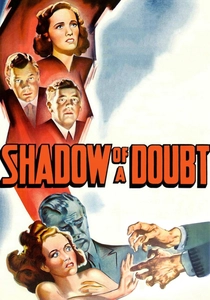
Shadow of a Doubt (1943)
Description: Shadow of a Doubt, an earlier Hitchcock film, shares Psycho's themes of duality and the darkness lurking beneath the surface of normalcy. Both films feature charming yet sinister antagonists and explore the idea of the 'monster' in everyday life. The use of suspense and psychological tension are key similarities.
Fact: Hitchcock considered this his favorite of his own films. The film was inspired by real-life serial killer Earle Leonard Nelson. The screenplay was co-written by Thornton Wilder, author of 'Our Town.'
 Watch Now
Watch Now 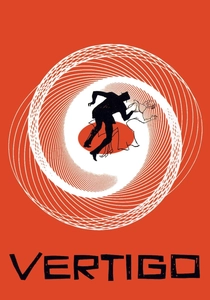
Vertigo (1958)
Description: Vertigo shares with Psycho a deep exploration of obsession and psychological manipulation, both directed by Alfred Hitchcock. The films feature protagonists with psychological issues, and both use visual storytelling to create suspense and unease. The themes of identity and the blurring of reality and illusion are central to both.
Fact: Vertigo was initially met with mixed reviews but is now considered one of the greatest films ever made. The film's famous dolly zoom effect, used to convey the protagonist's acrophobia, is often referred to as the 'Vertigo effect.' The movie was based on the novel 'D'entre les morts' by Pierre Boileau and Thomas Narcejac.
 Watch Now
Watch Now 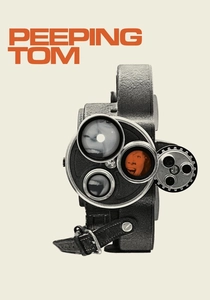
Peeping Tom (1960)
Description: Peeping Tom, released the same year as Psycho, also explores voyeurism and the psychology of a disturbed killer. Both films were controversial upon release for their graphic content and psychological depth. The use of the camera as a tool of terror and the focus on the killer's perspective are notable similarities.
Fact: The film was so controversial that it effectively ended director Michael Powell's career in the UK. The protagonist's use of a camera to film his victims was a groundbreaking narrative device. Like Psycho, Peeping Tom was initially panned but later reevaluated as a classic.
 Watch Now
Watch Now 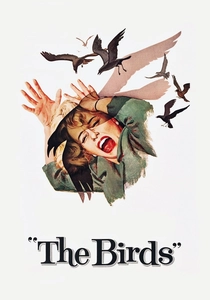
The Birds (1963)
Description: The Birds, another Hitchcock film, shares Psycho's use of suspense and unexpected terror. Both films feature ordinary settings turned sinister and explore the breakdown of societal norms. The lack of a traditional score and the focus on sound design are notable similarities.
Fact: The film's bird attacks were achieved using a combination of real birds and mechanical ones. Tippi Hedren was injured during filming when a bird pecked her eyelid. The film's ambiguous ending was controversial at the time.
 Watch Now
Watch Now 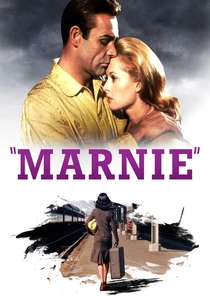
Marnie (1964)
Description: Marnie, another Hitchcock film, shares Psycho's themes of psychological trauma and identity. Both films feature complex female protagonists with deep-seated psychological issues. The use of suspense and the exploration of the human psyche are central to both.
Fact: The film was initially a commercial failure but has since been reevaluated as one of Hitchcock's best. Tippi Hedren's performance was praised, despite the difficult working conditions on set. The film's score was composed by Bernard Herrmann, who also scored Psycho.
 Watch Now
Watch Now 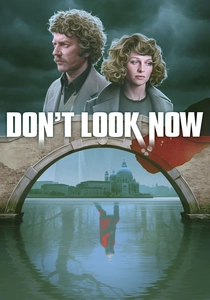
Don't Look Now (1973)
Description: Don't Look Now, like Psycho, is a psychological thriller that explores grief and the supernatural. Both films feature shocking twists and use visual motifs to build suspense. The themes of loss and the uncanny are central to both.
Fact: The film's famous sex scene was groundbreaking for its time. The movie was shot in Venice, Italy, during the winter to create its eerie atmosphere. The film's ending is considered one of the most shocking in cinema history.
 Watch Now
Watch Now 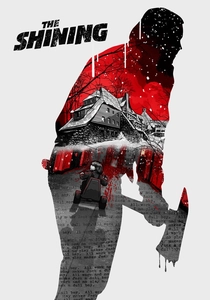
The Shining (1980)
Description: The Shining, like Psycho, is a masterclass in psychological horror, featuring a protagonist's descent into madness. Both films use isolated settings to heighten tension and explore themes of identity and the supernatural. The meticulous direction and use of suspense are hallmarks of both films.
Fact: Stanley Kubrick allegedly made Shelley Duvall perform the famous baseball bat scene 127 times. The film's iconic 'Here's Johnny!' line was improvised by Jack Nicholson. The Overlook Hotel's maze was inspired by a real hedge maze in England.
 Watch Now
Watch Now 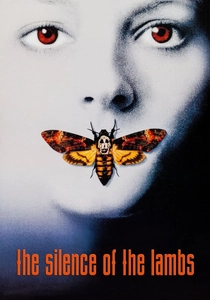
The Silence of the Lambs (1991)
Description: Like Psycho, The Silence of the Lambs delves into the psychology of its characters, particularly the antagonists. Both films feature iconic villains with deep psychological issues and explore themes of identity, obsession, and the monstrous aspects of human nature. The suspenseful storytelling and the use of horror elements to explore psychological terror are key similarities.
Fact: Anthony Hopkins' portrayal of Hannibal Lecter earned him an Academy Award for Best Actor, despite only appearing on screen for about 16 minutes. The film is one of only three to win the 'Big Five' at the Oscars: Best Picture, Best Director, Best Actor, Best Actress, and Best Screenplay. The character of Clarice Starling was inspired by a real-life FBI agent, Mary Ann Krause.
 Watch Now
Watch Now 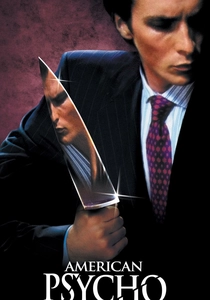
American Psycho (2000)
Description: American Psycho, like Psycho, explores the mind of a psychopathic killer, blending horror with dark comedy. Both films critique societal norms and feature unreliable narrators. The themes of identity, consumerism, and the monstrous aspects of humanity are central to both.
Fact: Christian Bale based his portrayal of Patrick Bateman on Tom Cruise's public persona. The film's infamous business card scene was improvised. The novel was initially considered unfilmable due to its extreme violence.
 Watch Now
Watch Now 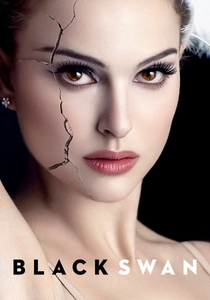
Black Swan (2010)
Description: Black Swan shares Psycho's themes of duality, obsession, and psychological disintegration. Both films feature protagonists who descend into madness, with their perceptions of reality becoming increasingly distorted. The intense, claustrophobic atmosphere and the use of visual motifs to reflect inner turmoil are key similarities.
Fact: Natalie Portman trained in ballet for a year to prepare for her role. The film's director, Darren Aronofsky, originally conceived it as a companion piece to his film The Wrestler. Black Swan won Natalie Portman the Academy Award for Best Actress.
 Watch Now
Watch Now 
